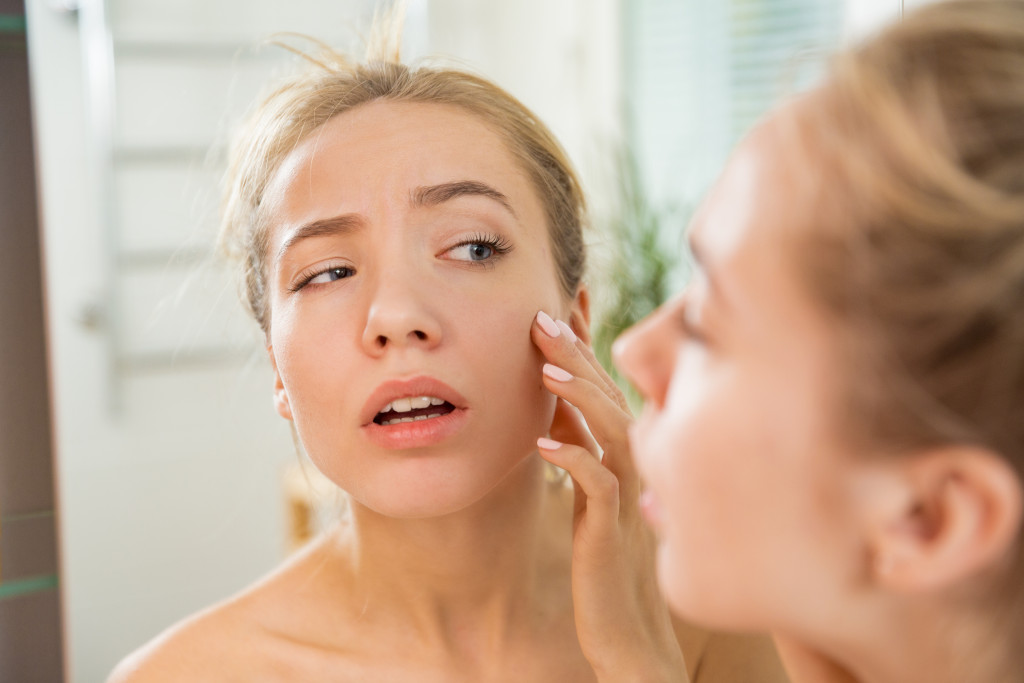The skin plays a crucial part in the functioning of the human body. It is the largest organ and acts as a barrier between the outside world and our internal organs. In addition, the skin protects us from infection, helps regulate body temperature, and eliminates waste through sweating.
The skin also protects people’s bodies from UV radiation. With the skin, UV radiation would cause much more damage to the DNA of cells, which could lead to all sorts of cancer. But what if your skin is sensitive to this kind of radiation? What if exposure to it can lead to uncomfortable rashes and itchiness?
Actinic Prurigo
Actinic Prurigo is a rare skin disorder that is related to photosensitivity. It most commonly affects young adults and children, though it can theoretically happen to anyone. This disorder is part of a family of skin disorders known as photodermatoses, which are disorders that cause the skin to become irritated or inflamed after exposure to sunlight.
The cause of Actinic Prurigo is not currently known, though it is thought to be an autoimmune disorder. In people with this disorder, the body produces antibodies that attack the keratinocytes in the skin. Keratinocytes are a type of cell that helps make up the outermost layer of the skin.
The symptoms of Actinic Prurigo usually appear after exposure to sunlight, though they can also be triggered by artificial light sources, such as tanning beds. The most common symptom is a rash that appears on sun-exposed areas of the skin, though itching, burning, and stinging are also common. The rash is often made up of tiny bumps that may be red, purple, or brown.
When it gets worse, symptoms can lead to the complete peeling of the skin, which can be very painful. In extreme cases, people with Actinic Prurigo may develop blisters or ulcers on their skin.

Causes of Actinic Prurigo
Actinic Prurigo is a relatively rare disease. That’s why it’s hard to determine the causes behind it. But many experts believe that it can be from genetics.
Genetics
The leading cause of Actinic Prurigo is still unknown. However, studies have shown that this skin disorder can be passed down from parents to children. This suggests that the condition may have a genetic component. It can be one of the strongest identifiers of Actinic Prurigo, but it’s not the most reliable. Some people can get this without having any history of such a disease.
Autoimmune Disorder
Actinic Prurigo is also thought to be an autoimmune disorder. In people with this disorder, the body produces antibodies that attack the keratinocytes in the skin. Keratinocytes are a type of cell that helps make up the outermost layer of the skin.
When these cells are attacked, it can lead to inflammation and the symptoms of Actinic Prurigo. This theory is supported by people with other autoimmune disorders, such as lupus are more likely to develop Actinic Prurigo.
Diagnosing Actinic Prurigo
If you think you may have Actinic Prurigo, the first step is to see an experienced dermatologist. They need to be knowledgeable about the disease or might misdiagnose you with other skin disorders. They will ask about your medical history and do a physical exam. They will also likely order a skin biopsy.
A skin biopsy is a simple test where a small piece of skin is removed and examined under a microscope. An accurate skin biopsy can help confirm the diagnosis of Actinic Prurigo.
Treating Actinic Prurigo
There is no cure for Actinic Prurigo, but there are treatments that can help lessen the symptoms. The most important thing is to avoid exposure to sunlight or artificial light sources.
Wear Protective Clothing
Wearing sun-protective clothing, such as long-sleeved shirts and pants, can help. You should also wear a wide-brimmed hat when you go outside.
Use Sunscreen
Sunscreen is also essential. Look for sunscreen with an SPF of 30 or higher. Make sure it’s broad-spectrum, which means it will protect you from both UVA and UVB rays. Apply sunscreen to all exposed skin, including the face, neck, ears, and hands. If you apply sunscreen and wear protective clothing, you can alleviate most disease symptoms.
Use Photoprotective Measures
There are also some photoprotective measures you can take. These include using special filters on your windows and avoiding fluorescent lightbulbs. You should also avoid tanning beds and sunlamps.
Medical Treatments
In some cases, your doctor may prescribe oral or topical corticosteroids. These can help lessen the inflammation caused by Actinic Prurigo.
You may also be prescribed immunosuppressive drugs, such as methotrexate or cyclosporine. These drugs can help suppress the immune system and prevent it from attacking the keratinocytes.
Prognosis
Lastly, the prognosis for Actinic Prurigo is good. With proper treatment, most people can control their symptoms and live everyday life. However, it’s essential to avoid exposure to sunlight or artificial light sources. If you don’t, the symptoms of Actinic Prurigo may return.
Actinic Prurigo is a rare but treatable skin disorder. With proper management, most people with the condition can lead everyday, healthy lives.







